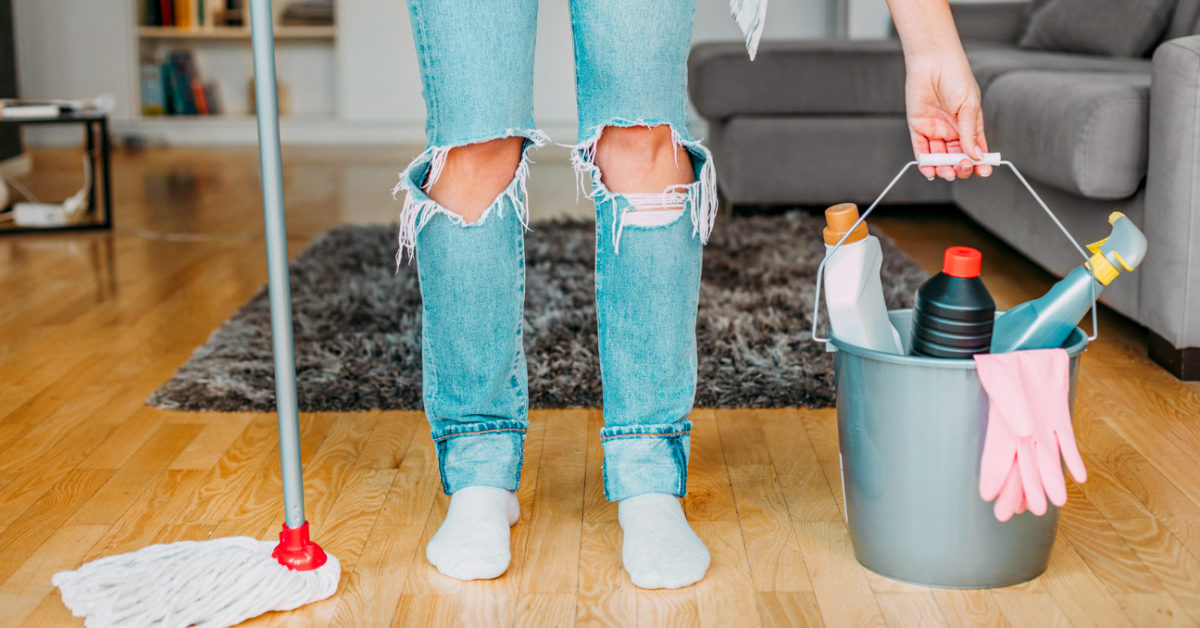People are becoming more conscious of the cleanliness of their homes today because of the ongoing pandemic. However, aside from the virus, homeowners seeking to prevent contamination have a lot more threats to worry about that are already inside the premises.
The University of Colorado collected dust samples from more than 1,200 houses in the United States and analyzed microbial life in them. The researchers discovered that the average American home is host to more than 2,000 kinds of fungi and over 7,000 species of bacteria.
These nasty microbes could be lurking in your house right now. Learn about 5 things around your house that could be harboring germs and what you can do to keep them clean.
Heavily Handled Items
Bacteria and viruses can be transferred from person to person by handling objects or surfaces. These are called fomites. Fomites are most often encountered indoors, and there are various ways bacteria can end up on them. For example, an object can become a fomite if someone sneezes on them or handles an object without washing their hands. Common objects in your home that can become fomites include the remote control, keyboards of shared laptops and cellphones.
How to Clean Them:
The best way to combat fomites is to have everyone wash their hands regularly, reducing the chances of transferring microbes to objects via touch. You should also regularly disinfect objects. First, use a plain wet wipe to remove dirt. Then spray the disinfectant of your choice on a wipe and clean the object.
Dryers
That’s right, one half of your laundry room duo can be full of microbes. Dryers can gather lint during their cycles. This stuff, which is mostly made of fibers your clothing shed during the rigorous spinning, are collected in vents. They can remain moist there and become the perfect breeding grounds for all sorts of fungi. In worst case scenarios, the lint can become a fire hazard. Over 2,900 fires start because of clothes dryer every year.
How to Clean Them:
If your dryer isn’t connected to vent, it will have a lint reservoir. You can detach this and remove the debris collected inside. Then give it a good scrubbing under tap water before air drying. There are companies that provide dryer vent cleaning if you want more professional results.
Kitchen Sponge
Studies determined that your kitchen surfaces and utensils might be home to more bacteria than your bathroom toilet. The reason behind this high bacteria content is your kitchen sponge. Yes, the bright yellow piece of home may be the most dangerous source of microbes on your property. Sponges are full of food particles from your dishes and are perpetually moist, creating the perfect breeding ground for germs. Every time you use it clean dishes or wipe down counters, you’re unwittingly spreading microbes.
How to Clean Them:
You can clean kitchen counters with a mixture of vinegar and bleach to remove stubborn stains, but there’s no solution to completely removing the bacteria from your sponge. The best thing you can do is replace your sponge every week. There are also sustainable alternatives to foam sponges if you’re concerned about the environment.
Door Handles
Another type of fomite you should be aware of are door handles. These areas are frequently touched by people coming from outside your home and bringing in foreign objects. Aside from the door handles, bacteria can also accumulate on the handles of refrigerators, cabinets and other objects. If they’re not routinely cleaned, they can quickly spread illness around your home.
How to Clean Them:
Routinely clean and disinfect door handles, especially if there are a lot of visitors in your home. Wipe down the handles with a clean damp rag. Then use your favored disinfectant to kill microbes on these surfaces. Do this twice a day or as soon as someone has handled these surfaces.
Bottom of the Refrigerator
Refrigerators are ideal spawning ground for mold and bacteria. This is because they can be damp places full of organic materials for them to feed on. But there’s no area in your refrigerator dirtier than the bottom shelf. This is because all the fluids and run-off from the higher shelves pool on this level. It can grow slimy and moldy if you don’t clean it properly.
How to Clean Them:
When defrosting your refrigerator, remove all the shelving and give it a thorough cleaning from top to bottom. Scrub the shelves thoroughly with soap and water before putting them into your dishwasher if they can fit. Put the dishwasher in its hottest water setting for extra disinfecting effect.
Keeping your home clean and free from contaminants is one of the best ways you can keep your family safe today. Ensure you clean even the most unlikely of places to guarantee their complete protection.
